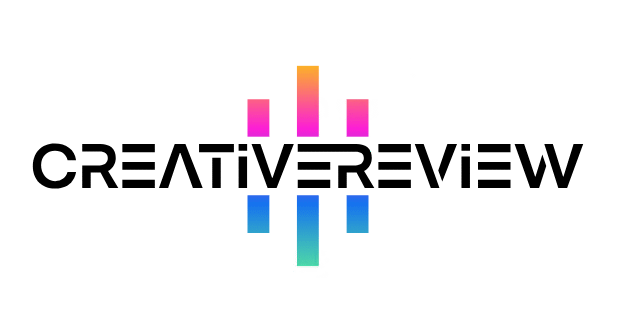Picking the right amount of cloud storage can save you a ton of money over time—and it’s one of the best ways to keep your digital files secure, accessible, and protected. With a solid cloud storage solution, you can easily share your latest design with teammates, back up video clips for long-term safekeeping, or pull up photos on any of your devices, no matter where you are.
But if you’re new to cloud storage, figuring out how much space you actually need and sorting through all the available options can feel overwhelming. This guide will help you narrow down the right storage capacity for your needs and break down the key options you should consider.
How Much Cloud Storage Do You Really Need?
In a perfect world, every cloud provider would offer affordable unlimited storage—but in reality, matching your storage to your needs is the best way to avoid overspending. The tricky part? It’s not as simple as just checking how much space you’re using on your computer’s hard drive. You need to think about what you’re storing, how much your storage needs will grow later, and how much you’re willing to spend.
The best starting point is to ask: What exactly do you plan to store in the cloud? Are you uploading every file from all your devices, or just specific things like photos or design projects? Either way, start by calculating how much existing data you want to move to the cloud—that gives you a baseline.

You also need to leave room for future files. A good way to estimate this is to think about how much data each of your regular projects generates. Let’s say you do 50 photoshoots a year, and each shoot produces 200 photos (each around 20 MB). That’s 4 GB of new files per shoot, and 200 GB total for the year. So you’ll probably want at least 200 GB of extra space in your cloud account to cover that.
One of the biggest perks of cloud storage is its flexibility. You don’t need to plan for decades of work—just leave enough room for a year or so, and adjust later. If you end up needing more space, you can upgrade; if you have too much, you can downsize. Just make sure to check what upgrade/downgrade options your provider offers first. And if you’re unsure about next year’s needs, stick to a monthly or annual subscription instead of a multi-year or lifetime plan—those lock you in, which can be a hassle if your needs change.
Key Cloud Storage Options to Consider
Once you have a rough idea of how much storage you need, it’s time to compare providers. If you’re willing to be flexible (or skip some extra features), you might even find unlimited storage deals at a surprisingly low cost. Here are the most important factors to weigh:
1. Single Device vs. Multi-Device Backup
First, ask: Do you need to back up just one device, or all of them? Some services—like Backblaze—let you back up an unlimited number of files from a single computer for roughly the same price other providers charge for 200 GB of storage. This is great if you mostly work on one laptop and don’t need to sync files across phones, tablets, or other computers. But if you want to access projects from anywhere (e.g., editing a design on your iPad after starting it on your desktop), a single-device plan won’t cut it.
2. Unlimited Image Storage Perks
Many providers offer a big incentive for photographers: unlimited storage for image files (including RAW formats) that don’t count toward your total limit. Amazon Photos, for example, gives free RAW file storage, and Flickr offers free JPG storage. This is a huge win if you’re storing personal photos alongside your creative work—but unfortunately, there aren’t many similar deals for graphic designers, videographers, or other creatives (their large files like videos or PSDs still count against limits).
3. Storage Increment Sizes
If you plan to grow your storage over time, pay attention to how providers let you add space. Some platforms—like iDrive—only offer storage in 5 TB increments, which might be way more than you need right now (and a waste of money). Others are more flexible: Google Photos lets you add storage in 100 GB chunks, and Adobe Creative Cloud offers increments as small as 20 GB, so you can upgrade gradually.
4. Lifetime Plans
If you hate monthly subscriptions and don’t expect your storage needs to change much, a lifetime cloud storage plan could be worth it. These plans cost more upfront—pCloud, for example, offers 500 GB of lifetime storage for $175 or 2 TB for $350—but they usually pay for themselves in 2–3 years (compared to monthly fees). Just be careful: If you ever need more storage than your lifetime plan allows, you’ll likely have to buy an entirely new subscription. So make sure to estimate future needs carefully before locking in.
Summary
Choosing the right cloud storage size helps you cut costs, and while there’s no “perfect” formula for figuring out how much you need, most providers let you adjust your plan as you go. When comparing options, look for perks like unlimited image storage (if you’re a photographer) and check how easy it is to upgrade—this way, you can start small and grow as your work does. With a little planning, you’ll end up with a cloud storage solution that fits your needs and your budget.



